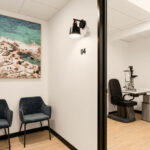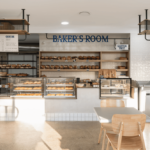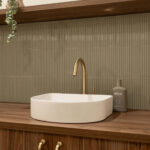The Pros and Cons of Open Plan Office Design: Insights from Commercial Fitout Experts
Open plan commercial office design has been a popular choice for modern workplaces for several years. It promises collaboration, flexibility, and cost-efficiency. However, it’s not without its drawbacks. As commercial shopfit experts, we’ve had the opportunity to witness both the successes and challenges of open plan office design. In this blog, we’ll explore the pros and cons to help you make an informed decision for your workspace.
The Pros of Open Plan Commercial Office Design
Enhanced Collaboration
One of the standout advantages of open-plan office fitout is its ability to enhance collaboration among employees. By removing physical barriers such as walls and cubicles, this layout encourages a free flow of communication and interaction. In an open environment, employees can easily approach their colleagues, supervisors, or team members, fostering a sense of accessibility and approachability. This accessibility, in turn, promotes spontaneous conversations and idea-sharing, as individuals are more likely to engage in discussions when they feel comfortable and unencumbered by physical boundaries.
In this open, collaborative atmosphere, the potential for creative breakthroughs is amplified. Employees from different departments or teams can readily exchange thoughts and perspectives, leading to the cross-pollination of ideas. This diversity of thought can be a breeding ground for innovation and problem-solving, as fresh insights and novel solutions emerge from these organic interactions.
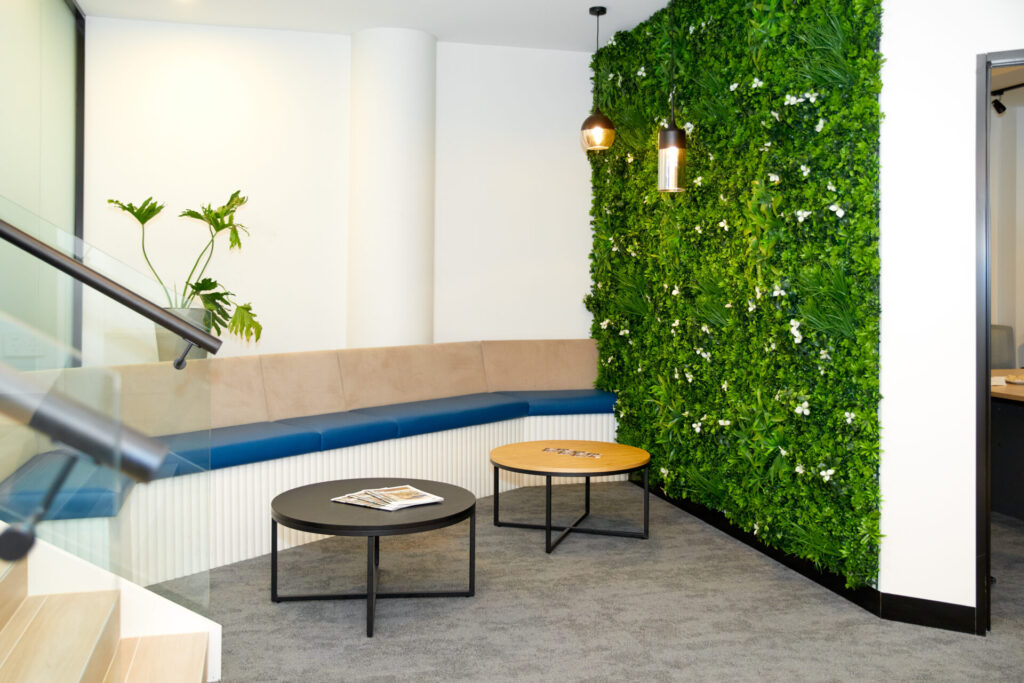
Cost-Efficiency
Open plan office design stands out as a cost-effective solution for businesses looking to optimise their workspace. Unlike traditional office layouts that require the construction of numerous walls, cubicles, and private offices, open-plan layouts are characterised by their simplicity and efficiency. Because they involve fewer physical partitions, materials, and fixtures, the initial fitout costs are significantly lower. This means that businesses can allocate more of their budget to other essential aspects of their operations, such as technology upgrades or employee development programs.
Moreover, the cost savings extend beyond the initial construction phase. Open plan commercial office fitouts generally require less ongoing maintenance, as there are fewer physical elements to repair or replace. Cleaning and upkeep become more straightforward, as the absence of walls and barriers reduces hidden spaces where dust and clutter can accumulate. Additionally, the flexibility of open-plan designs allows for easier reconfiguration and adaptation as the company’s needs evolve, further reducing the long-term costs associated with office layout changes. Total Fitouts fitout experts can help reduce costs where needed, and recommend ways to further improve your office design. Read more on 5 advantages of hiring a professional office fitout company.
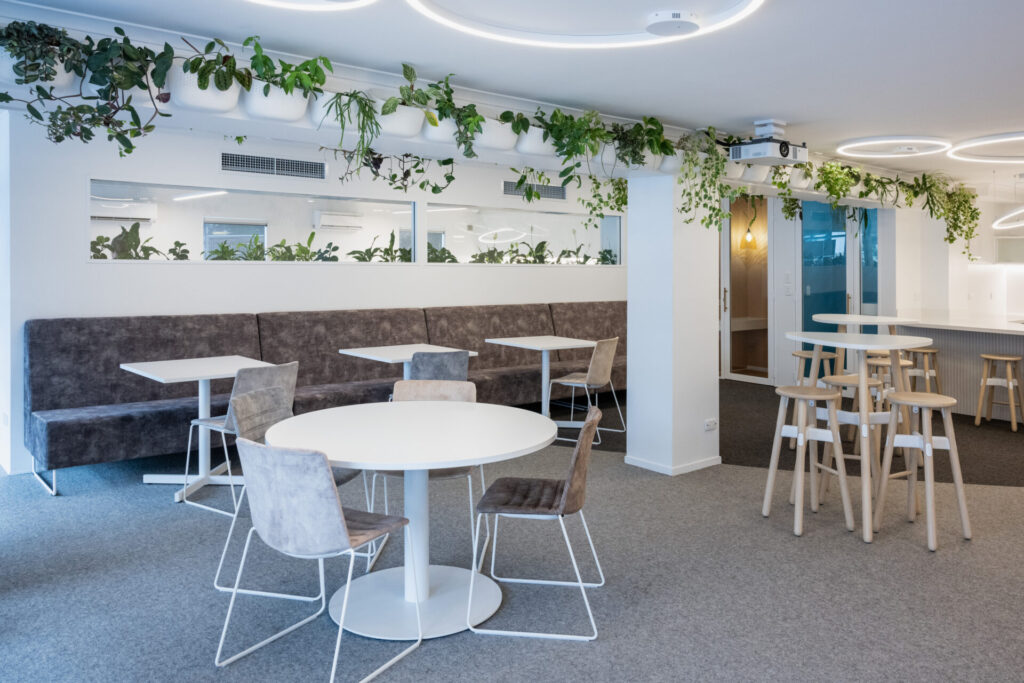
Flexibility of Commercial Office Layout
The adaptability of open-plan office layouts is a standout feature that caters to the ever-changing needs of modern businesses. Unlike more rigid office designs that involve fixed walls and layouts, open-plan spaces are incredibly flexible and can be easily reconfigured. This flexibility is especially valuable for startups and companies experiencing rapid growth. As a business expands or restructures, an open layout allows for seamless adjustments.
Additionally, the adaptability of open-plan office design and commercial fitout aligns well with the changing nature of work. With the rise of remote and flexible work arrangements, businesses can easily accommodate employees who prefer working in the office, at home, or in shared workspaces. The open layout provides the infrastructure for a dynamic and versatile work environment that can cater to various workstyles and preferences. It also allows for the integration of technology and modern office furniture that can be quickly rearranged to support different tasks and activities. In essence, the flexibility of open-plan office design future-proofs the workspace, making it an attractive option for businesses looking to remain agile and responsive in an ever-evolving corporate landscape.
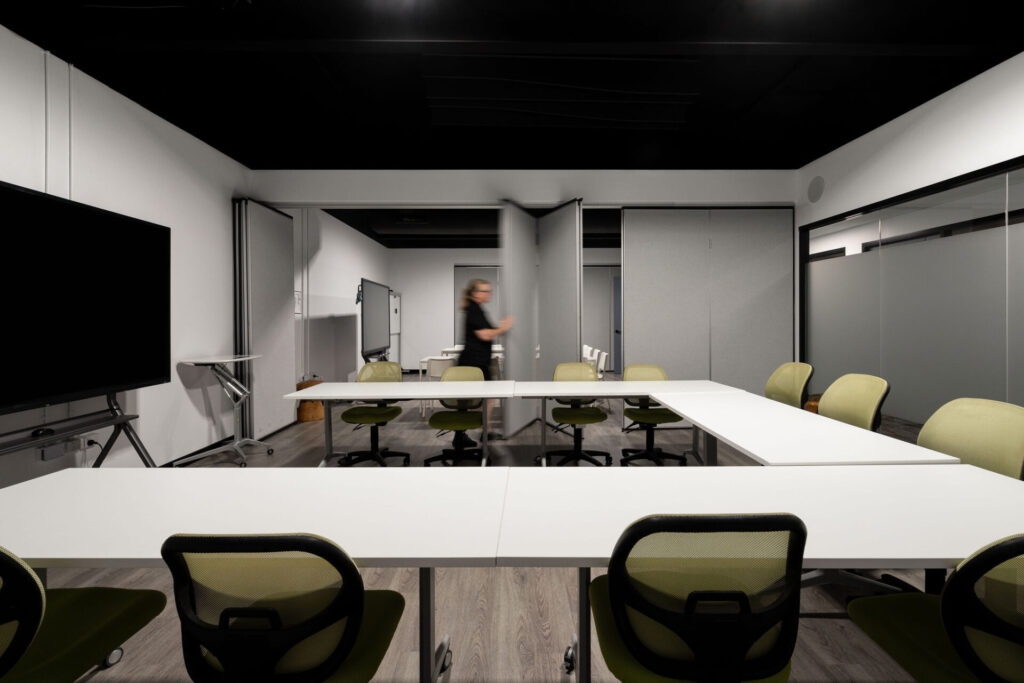
Natural Light
The infusion of natural light into the workspace is a key advantage of open-plan office design that directly impacts both the physical environment and employee well-being. By reducing the number of physical barriers such as walls and partitions, open layouts allow natural light to reach deeper into the workspace, illuminating a larger portion of the floor area. This not only creates a more aesthetically pleasing environment but also significantly reduces the need for artificial lighting during daylight hours. As a result, businesses can enjoy substantial energy savings and a reduced carbon footprint, aligning with sustainability goals and potentially lowering operational costs.
Moreover, the presence of natural light in a commercial office fitout has a profound impact on employee well-being and productivity. Exposure to natural light has been linked to improved mood, reduced stress levels, and increased alertness. Employees working in well-lit spaces often report higher job satisfaction and better overall health. The ample natural light in open-plan offices not only makes the workspace more inviting but also helps regulate circadian rhythms, ensuring that employees maintain a healthy sleep-wake cycle. This, in turn, contributes to increased focus and productivity, as well as reduced absenteeism.
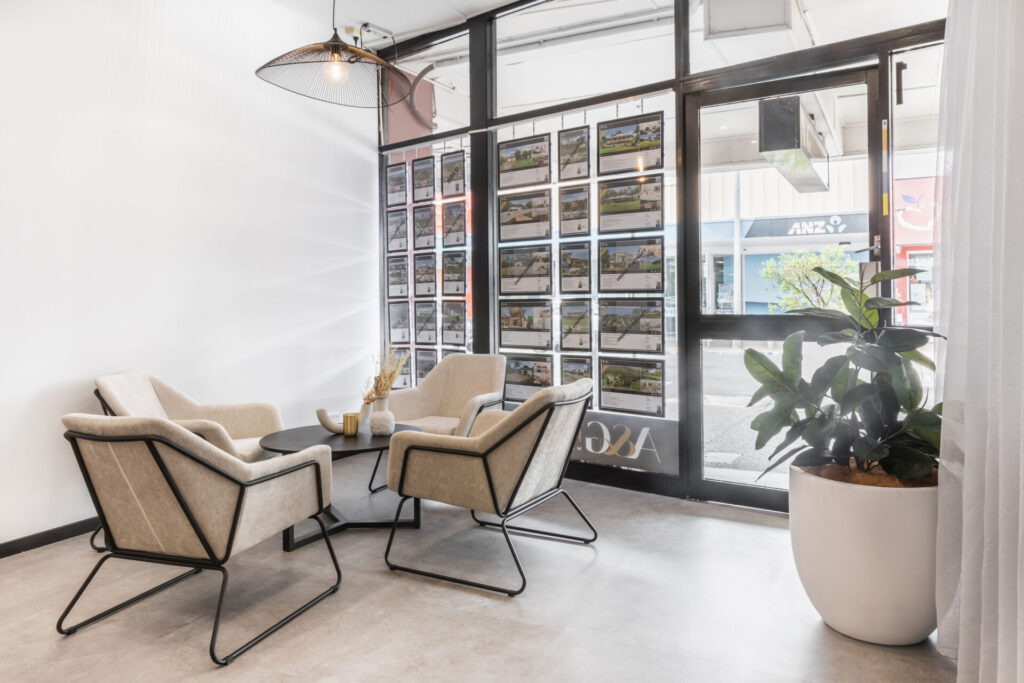
Equality and Inclusivity
Open-plan office design has the potential to foster a culture of equality and inclusivity within an organisation. Unlike traditional office layouts where managers and executives often occupy private offices that create physical and symbolic divides between hierarchy levels, open-plan offices position everyone on a level playing field. Managers and team leaders share the same workspace as their team members, removing physical barriers and the perceived sense of hierarchy that private offices can create. This physical proximity sends a powerful message that all employees are equal contributors to the organisation, regardless of their title or position.
In such an environment, employees are more likely to feel that their voices are heard and their ideas are valued. It encourages open communication and approachability, as employees can easily approach their superiors for guidance or feedback. This fosters a sense of belonging and teamwork, where collaboration is not hindered by the walls of hierarchy. It can also lead to more effective mentorship and knowledge sharing, as experienced employees are readily accessible for guidance and support.
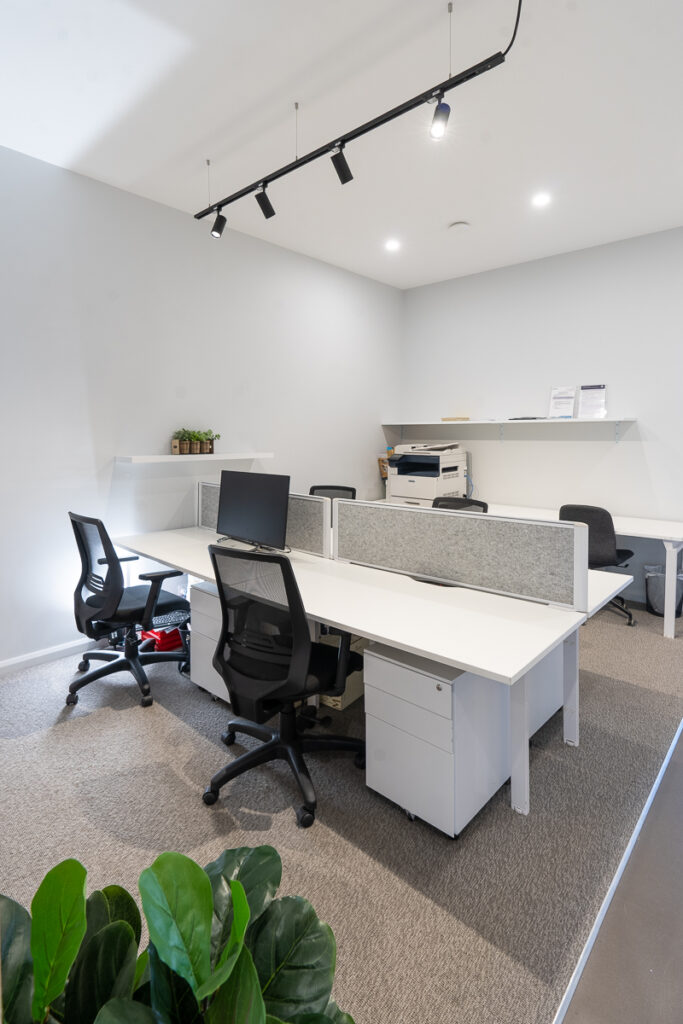
The Cons of Open Plan Commercial Office Design
Noise and Distractions
One of the foremost challenges associated with open-plan office design and fitout is the issue of noise. Without the physical barriers that traditional offices provide, sound travels more freely in open spaces, leading to constant distractions for employees.
Issues with:
-Conversations
-Phone calls
-Everyday office activities
can create a cacophony that disrupts concentration and productivity. This persistent background noise can be particularly detrimental to tasks that require deep focus and attention to detail, such as complex problem-solving, data analysis, or writing. Moreover, the inability to control noise levels can result in stress and frustration among employees, leading to decreased job satisfaction and potentially higher turnover rates.
The lack of privacy in open-plan commercial office fitouts also exacerbates the issue of distractions. Employees may find it challenging to have confidential conversations or engage in sensitive tasks when surrounded by colleagues within earshot. This can lead to concerns about data security and confidentiality breaches. As a result, the noise and distractions in open-plan offices can become a significant barrier to achieving optimal productivity and employee satisfaction.
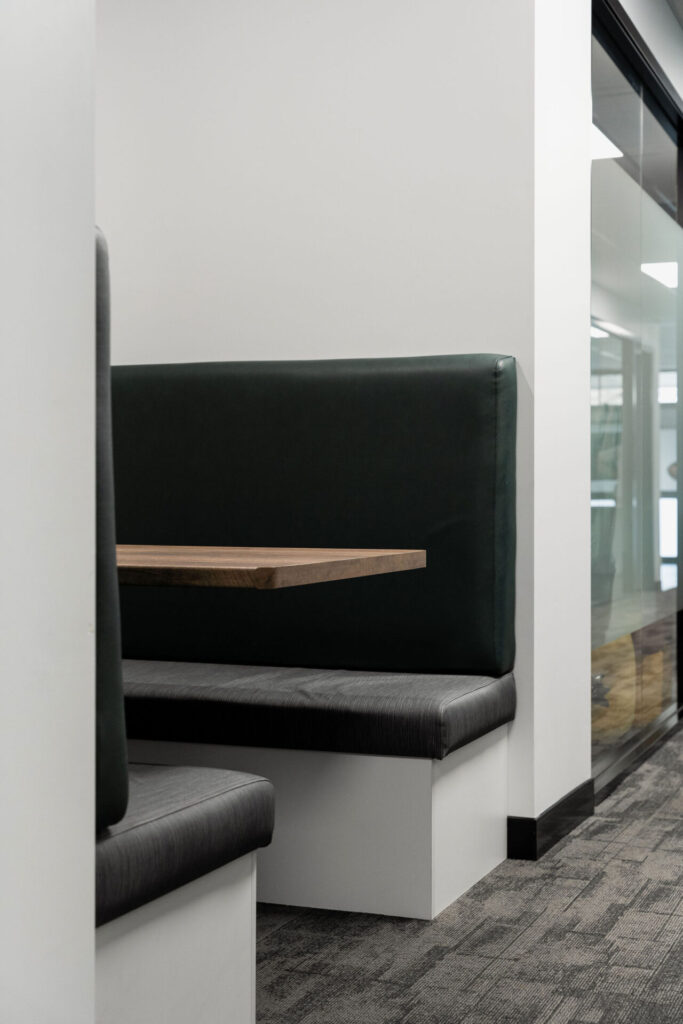
Lack of Privacy
The lack of privacy in open-plan offices can be a significant concern for employees whose roles require focused concentration, confidentiality, or the handling of sensitive information. Tasks that demand intense concentration, such as data analysis, coding, or drafting legal documents, often suffer in open environments, leading to decreased productivity and potential errors.
Moreover, for employees handling sensitive or confidential information, the absence of privacy can be a substantial liability. Conversations and discussions about sensitive matters may be overheard, and visual access to computer screens or documents can compromise data security. This lack of confidentiality not only poses a risk to the organisation but can also lead to discomfort and anxiety among employees tasked with safeguarding critical information. The overall result is a potential decline in job satisfaction and morale, as employees feel that they are unable to perform their tasks effectively due to the absence of privacy.
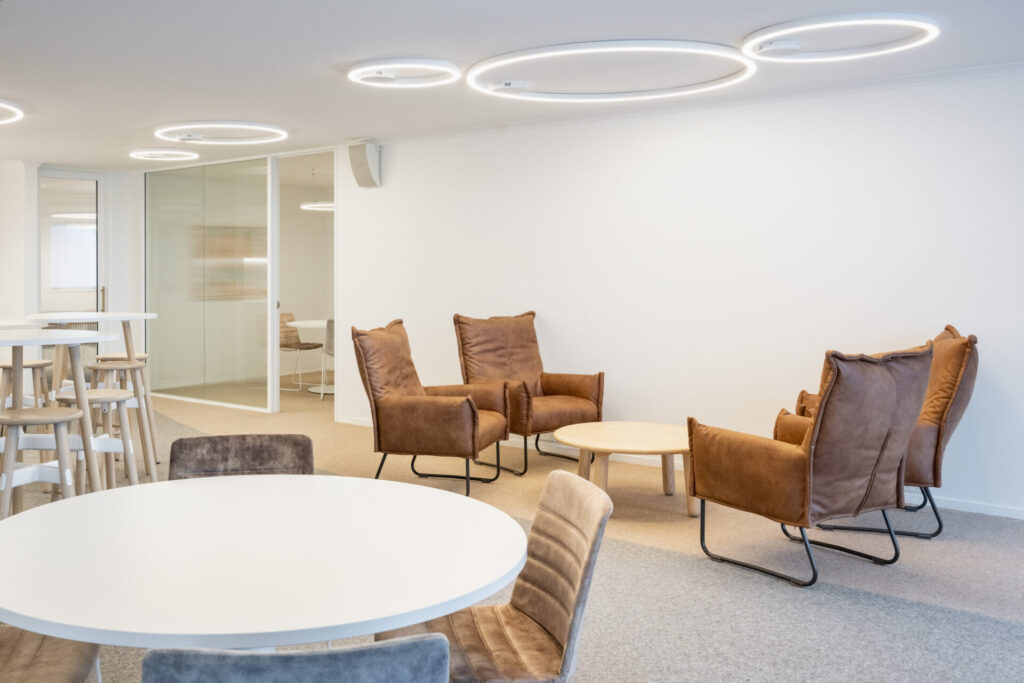
Health Concerns
Open-plan offices can introduce several health concerns related to both physical and mental well-being. One prominent issue is the increased proximity of coworkers, which can facilitate the spread of illnesses. In close quarters, viruses and bacteria are more likely to circulate, leading to higher rates of illness among employees. Colds, flu, and other contagious diseases can quickly spread throughout the office, resulting in increased absenteeism and decreased productivity. This not only affects individual employees but also has a broader impact on the overall operation of the company.
Furthermore, the constant noise and distractions prevalent in open-plan office fitouts can contribute to stress-related health problems. The human brain is wired to react to noise, especially unexpected or intrusive sounds, and this constant sensory input can lead to heightened stress levels. Over time, chronic stress can contribute to various health issues, including anxiety, fatigue, and even cardiovascular problems. The lack of a quiet, focused workspace can make it difficult for employees to decompress and concentrate, leading to persistent stress and potential burnout.
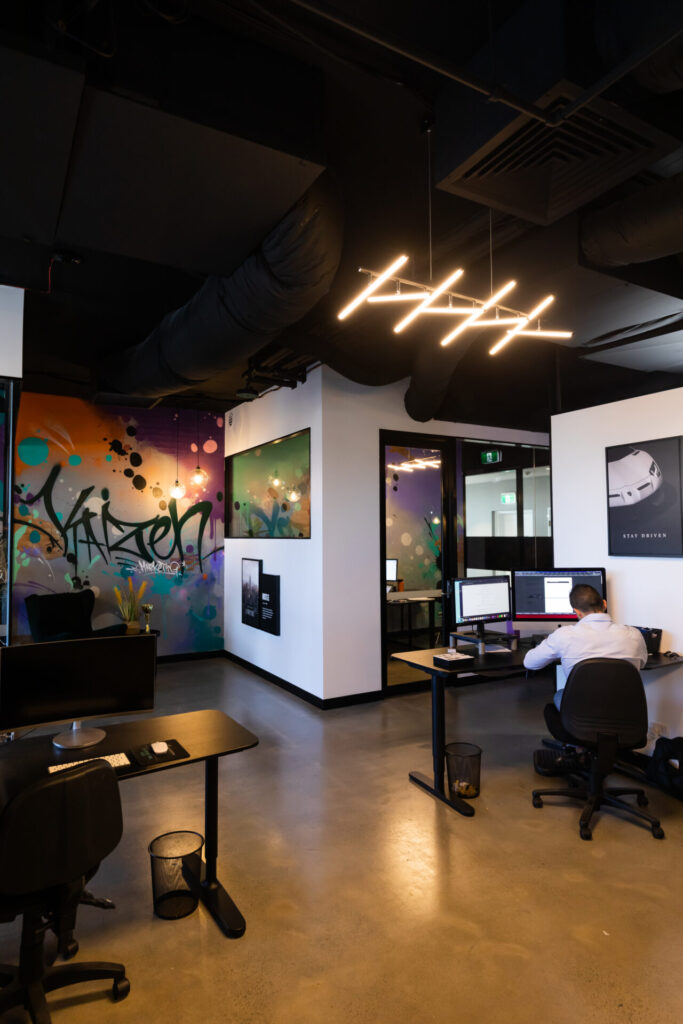
Reduced Personalisation Within Commercial Office Space
Open-plan offices, while offering many benefits, often limit the ability of employees to personalise their workspace. In a traditional office with private offices or cubicles, individuals have more control over their surroundings. They can decorate their space with personal items, family photos, or other items that reflect their personality and create a sense of ownership. In contrast, open-plan layouts typically provide less space and fewer opportunities for personalisation, leading to a more uniform and generic office environment. This lack of personalisation can make employees feel like they lack ownership of their workspace, which can have several negative implications.
When employees are unable to personalise their workspace, it can affect their connection to the physical environment and, by extension, their connection to the company. A sense of ownership and comfort in one’s workspace can contribute to a feeling of belonging and attachment to the organisation. In an environment that feels impersonal or sterile, employees may have a harder time forming a bond with their workplace and, consequently, their employer. This can potentially lead to decreased job satisfaction and lower employee retention rates as individuals may be less invested in their work environment and less likely to develop a strong sense of loyalty to the company.
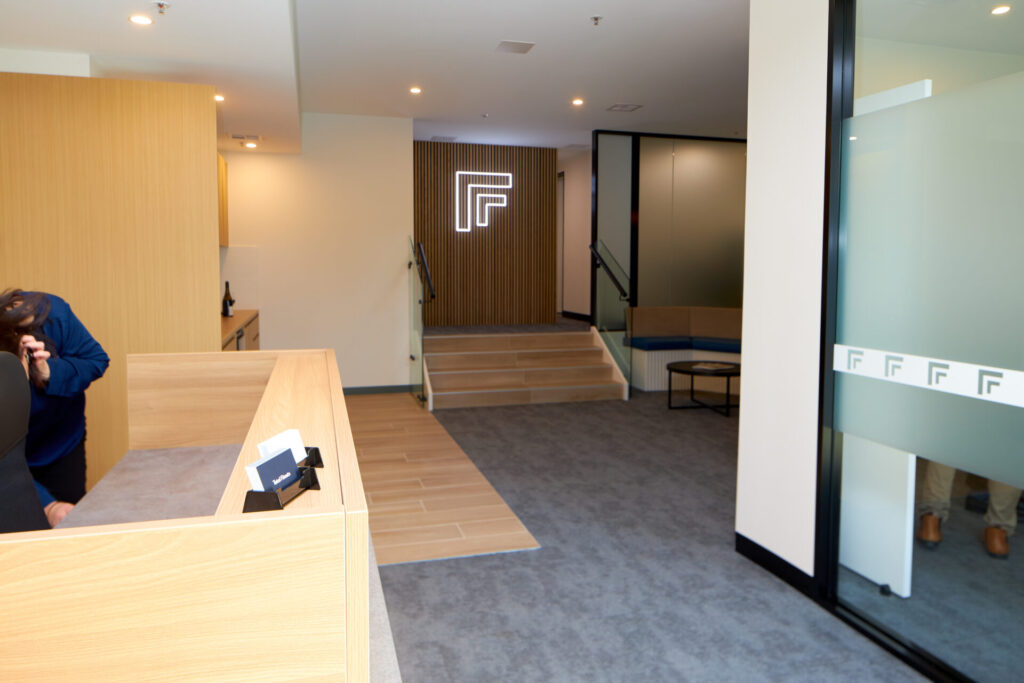
Decreased Productivity
Paradoxically, open-plan offices, designed to foster collaboration, can sometimes lead to decreased productivity. The constant interruptions and noise that are inherent in open layouts can create a challenging work environment for tasks that require deep concentration and focus. Employees may find it difficult to complete complex or demanding tasks when they are surrounded by distractions, including phone calls, conversations, and ambient noise. The need to continually shift attention away from one’s work to address these interruptions can lead to a loss of productivity and an increased likelihood of errors.
In response to the challenges of noise and distractions, employees may resort to various coping mechanisms, such as wearing headphones or seeking alternative spaces to concentrate. While these strategies can provide some relief, they may not be ideal solutions for everyone. Wearing headphones for extended periods can cause discomfort and may not completely block out distracting sounds. Additionally, the need to constantly relocate to quieter areas can disrupt workflow and reduce efficiency. Over time, these efforts to counteract the drawbacks of open-plan commercial office fitouts can lead to stress and frustration among employees, negatively impacting their overall job satisfaction and well-being.
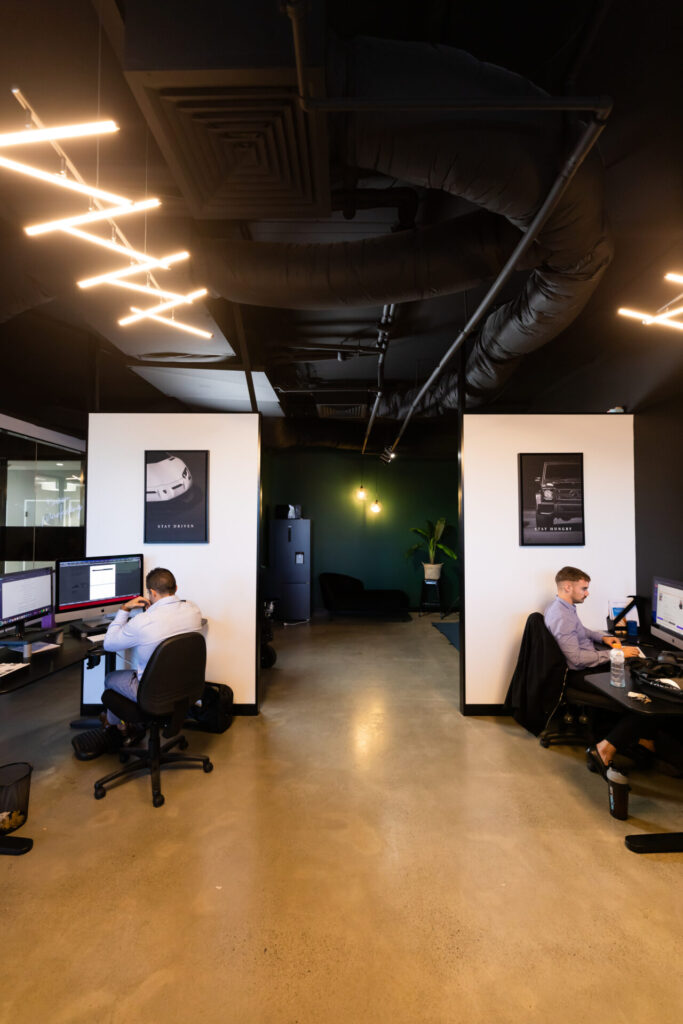
Finding the Right Balance For Your Commercial Office Fitout
To make open-plan office design work for your organisation, it’s essential to strike a balance between the pros and cons. Here are some tips:
–Provide Quiet Zones: Designate quiet spaces or meeting rooms where employees can work without distractions when needed.
–Use Acoustic Solutions: Invest in acoustic panels, sound-absorbing materials, and noise-cancelling technology to mitigate noise issues.
–Offer Flexible Work Options: Allow employees the flexibility to work from home or other remote locations when they need a quieter environment.
–Foster a Culture of Respect: Encourage employees to be mindful of their noise levels and respectful of their colleagues’ need for concentration.
–Regularly Assess and Adjust: Continuously evaluate the effectiveness of your office layout and make adjustments as necessary to address emerging challenges.
Open plan office design and fitouts has its share of advantages and disadvantages. While it can promote collaboration and cost-efficiency, it also presents challenges related to noise, distractions, and privacy. As commercial fitout experts, we believe that with thoughtful planning and careful consideration of your specific organisational needs, you can create an open plan office that maximises the benefits while minimising the drawbacks. Ultimately, the success of your workspace design depends on finding the right balance and continually adapting to meet the evolving needs of your employees and business.


